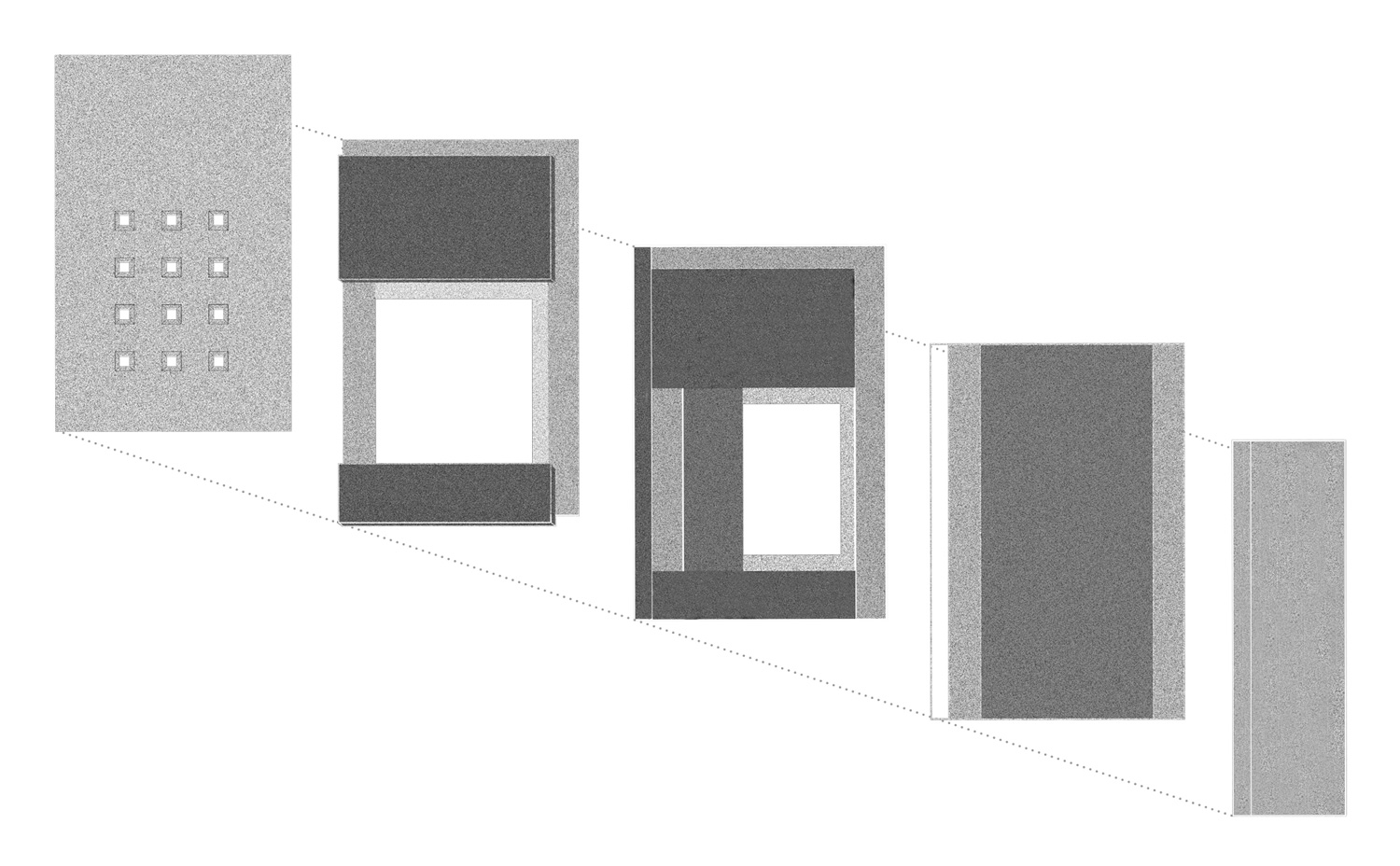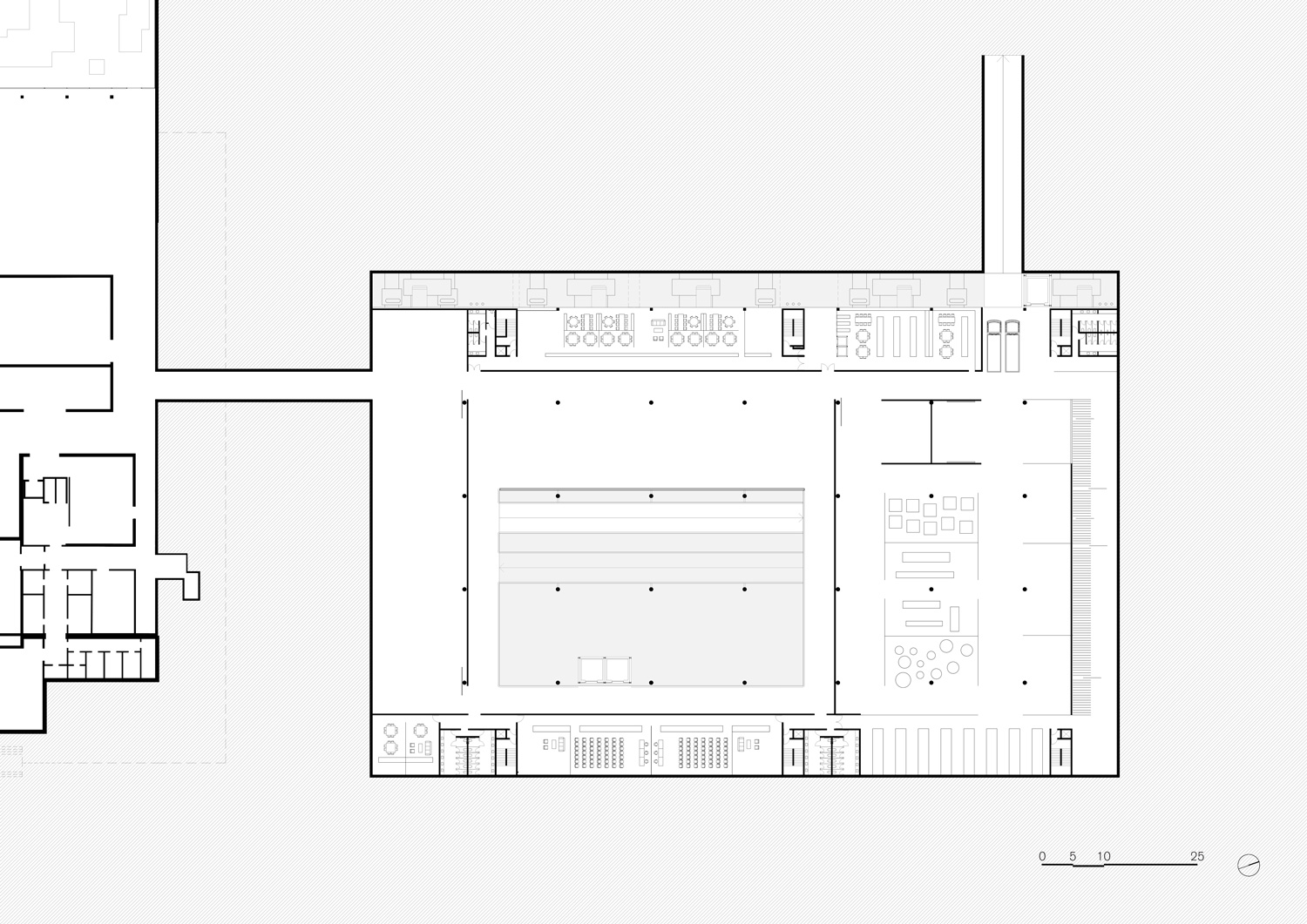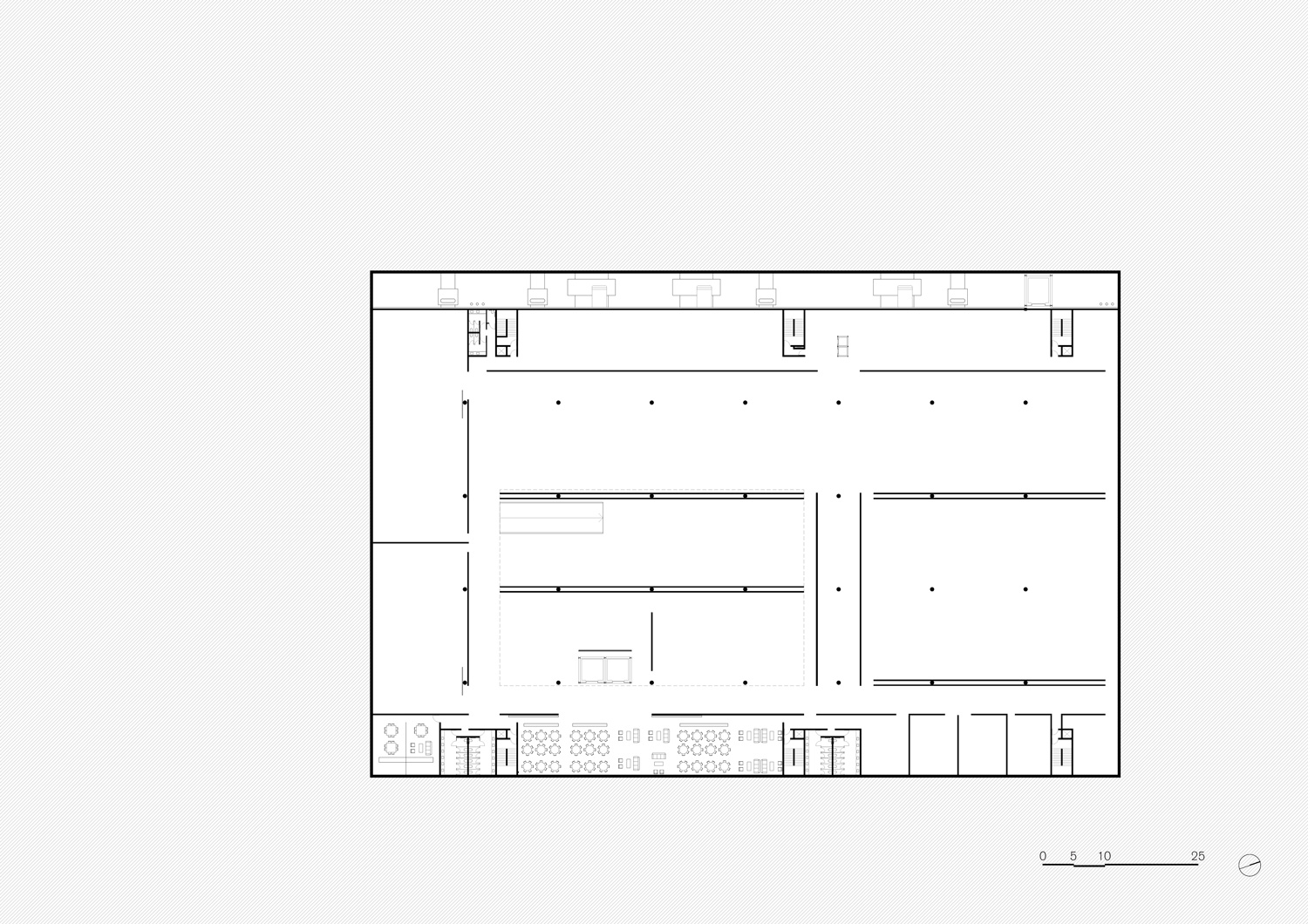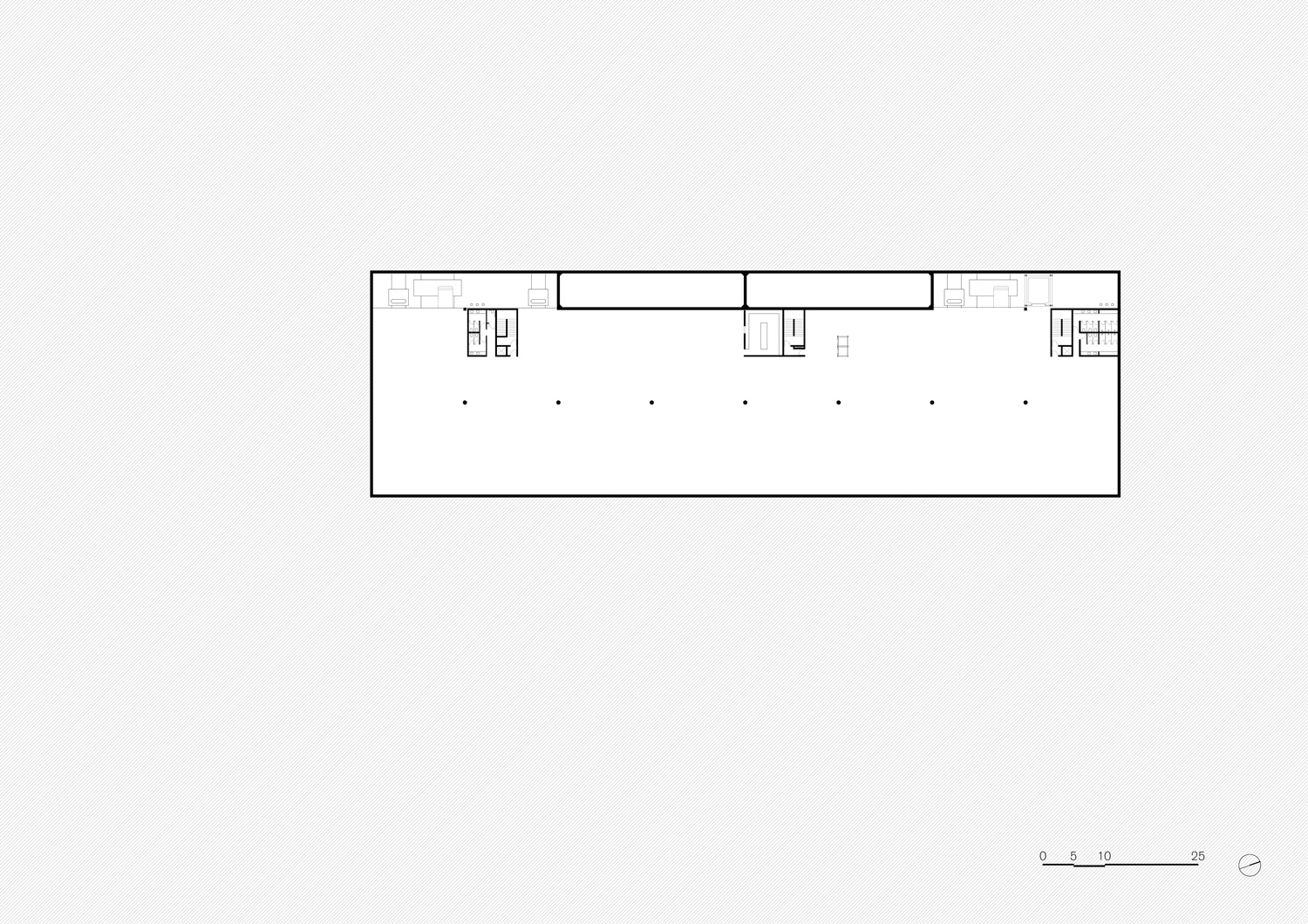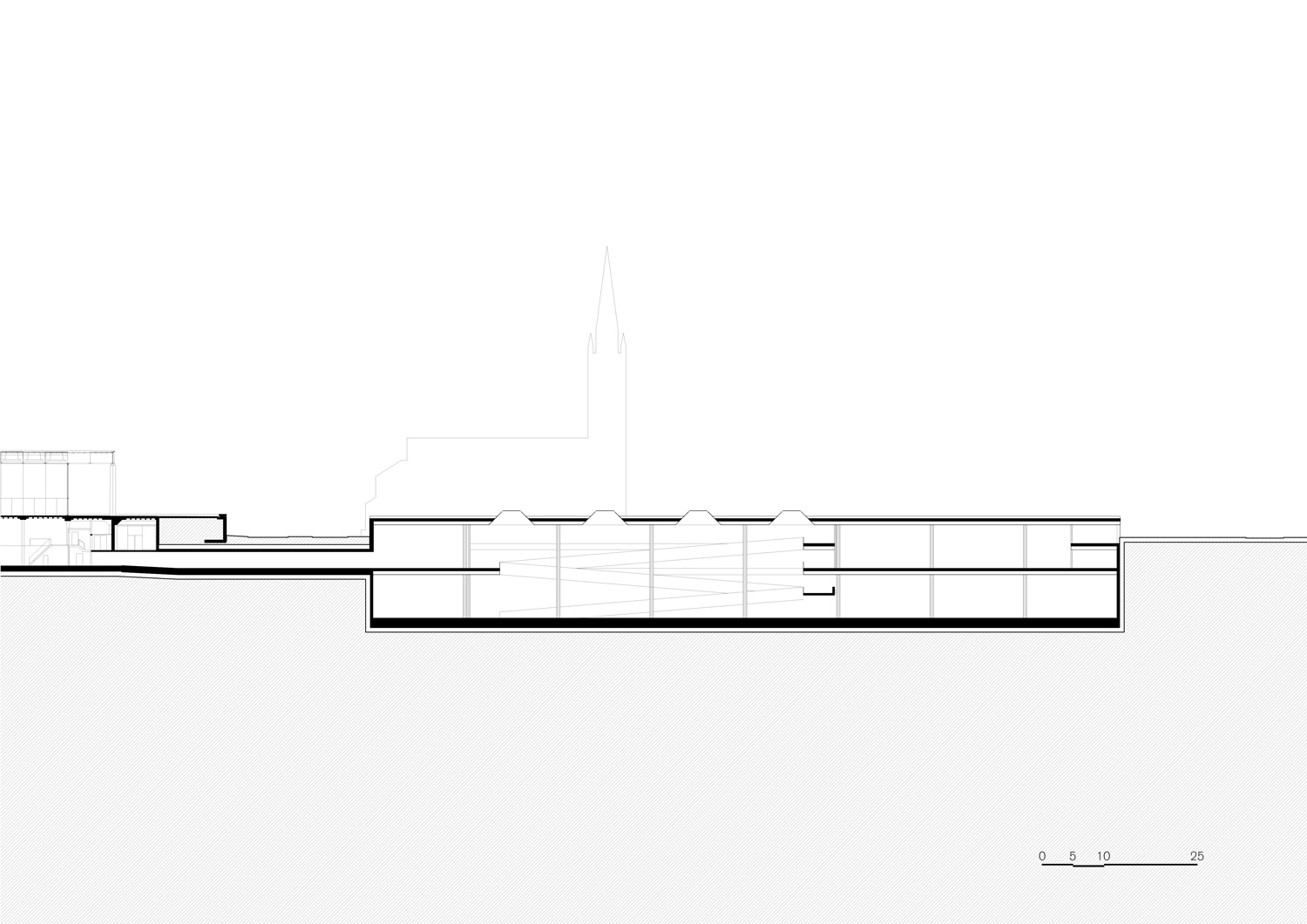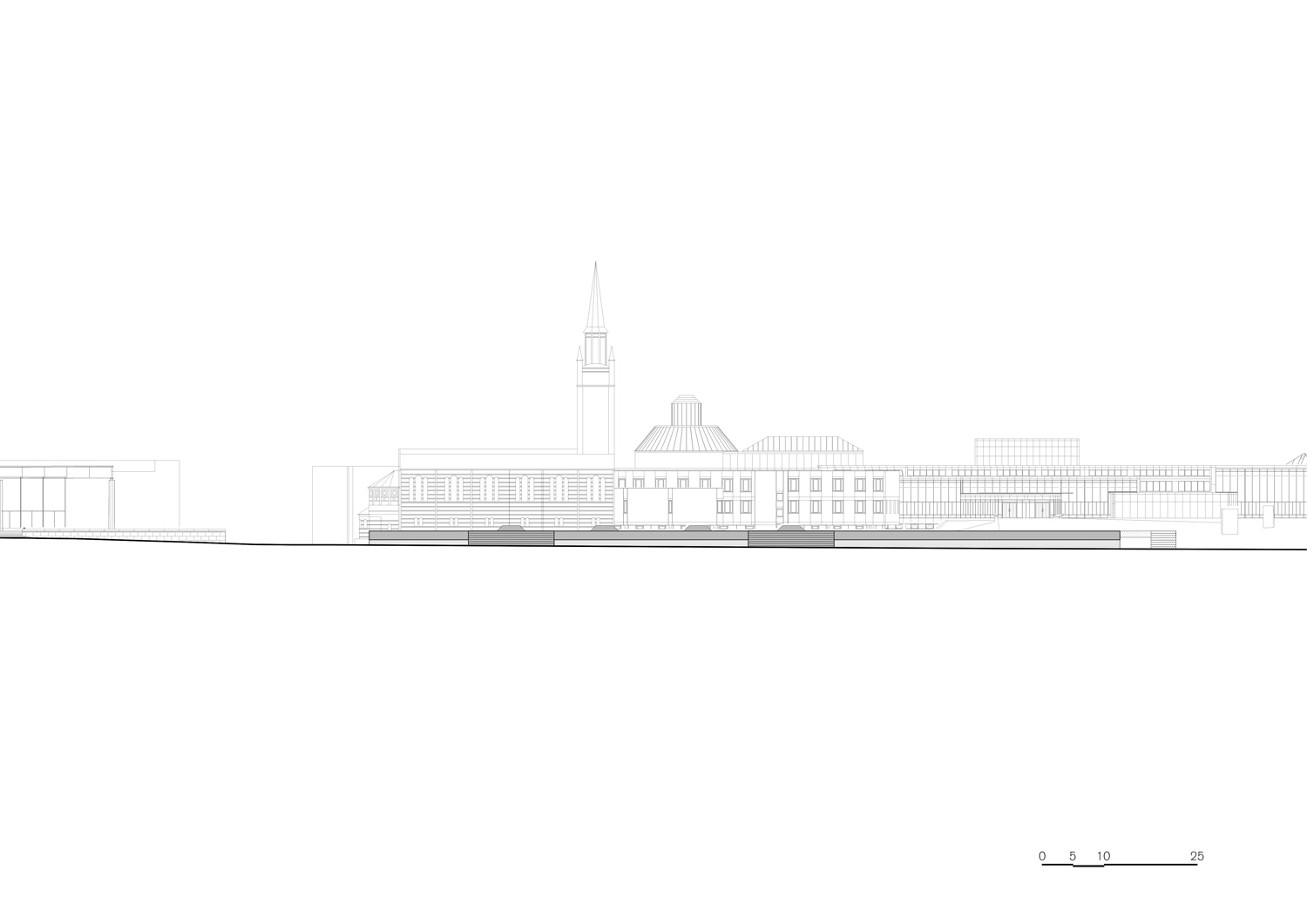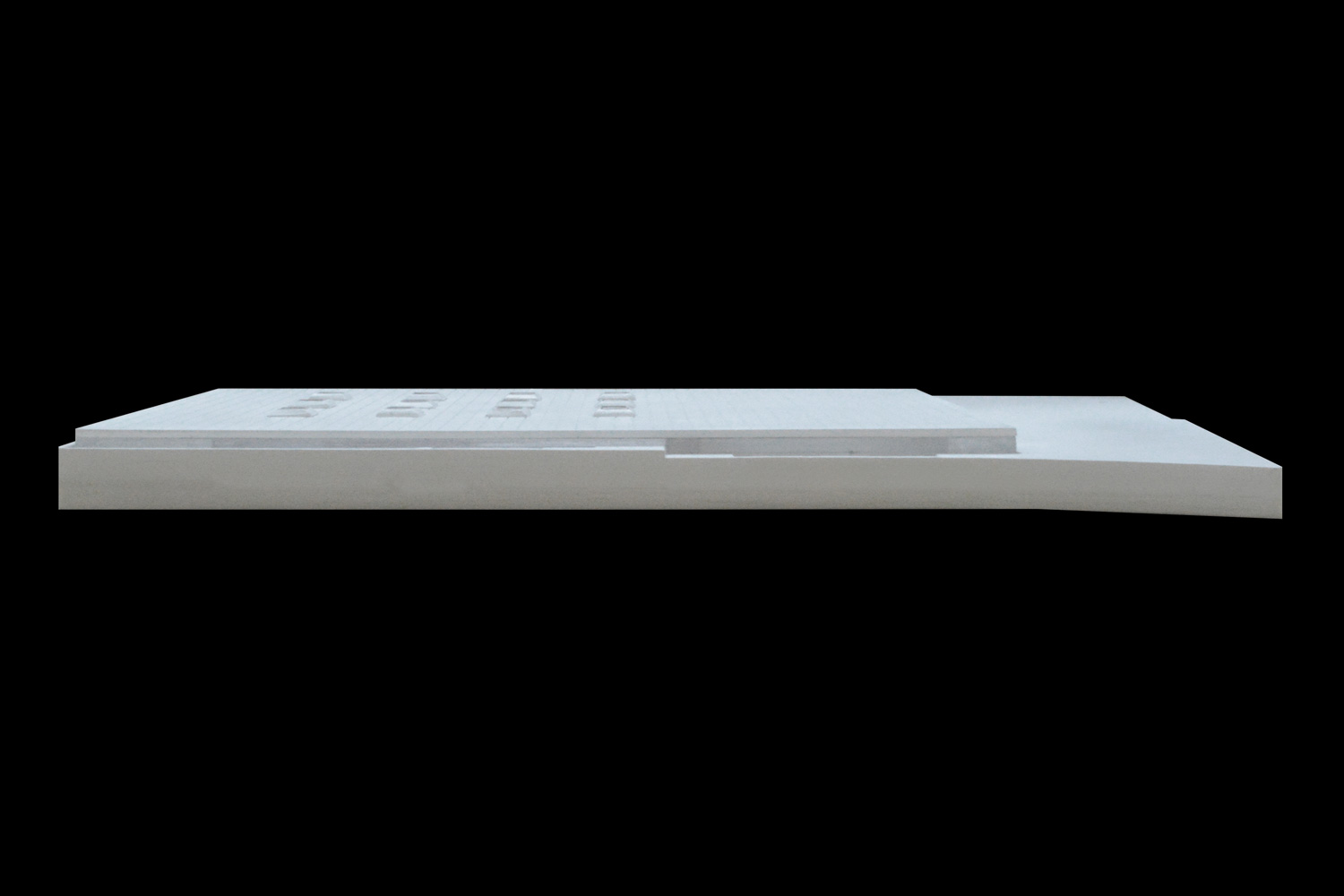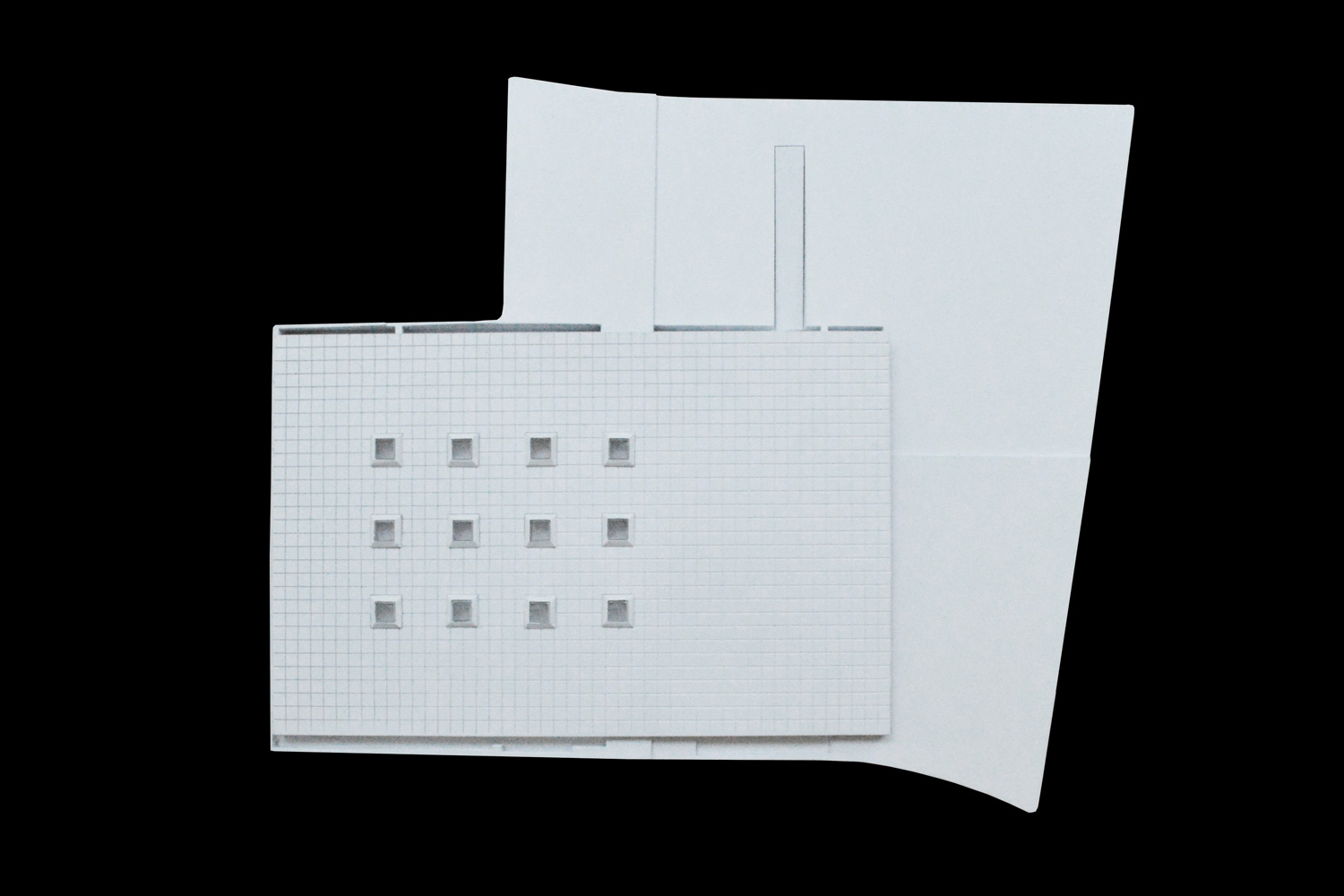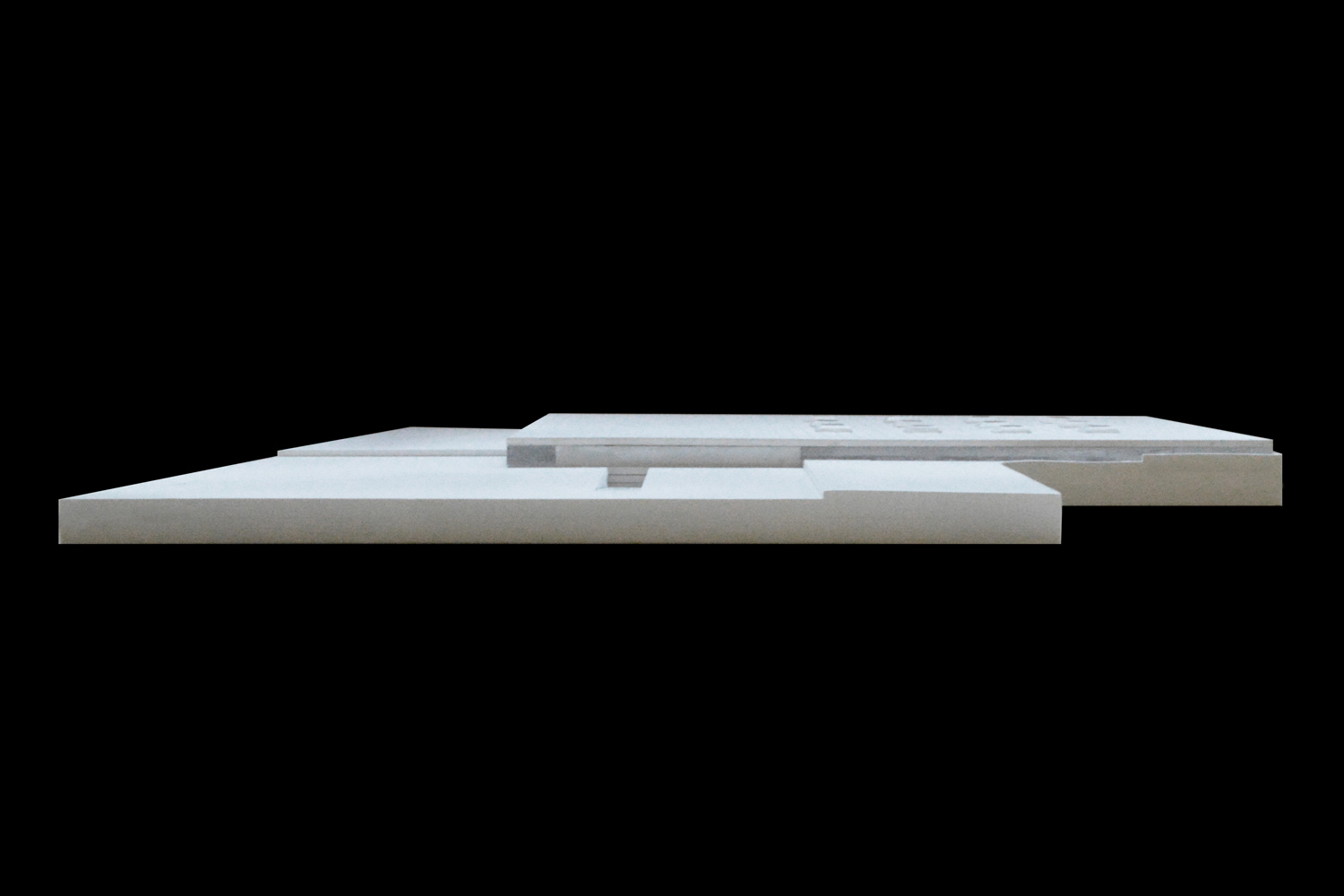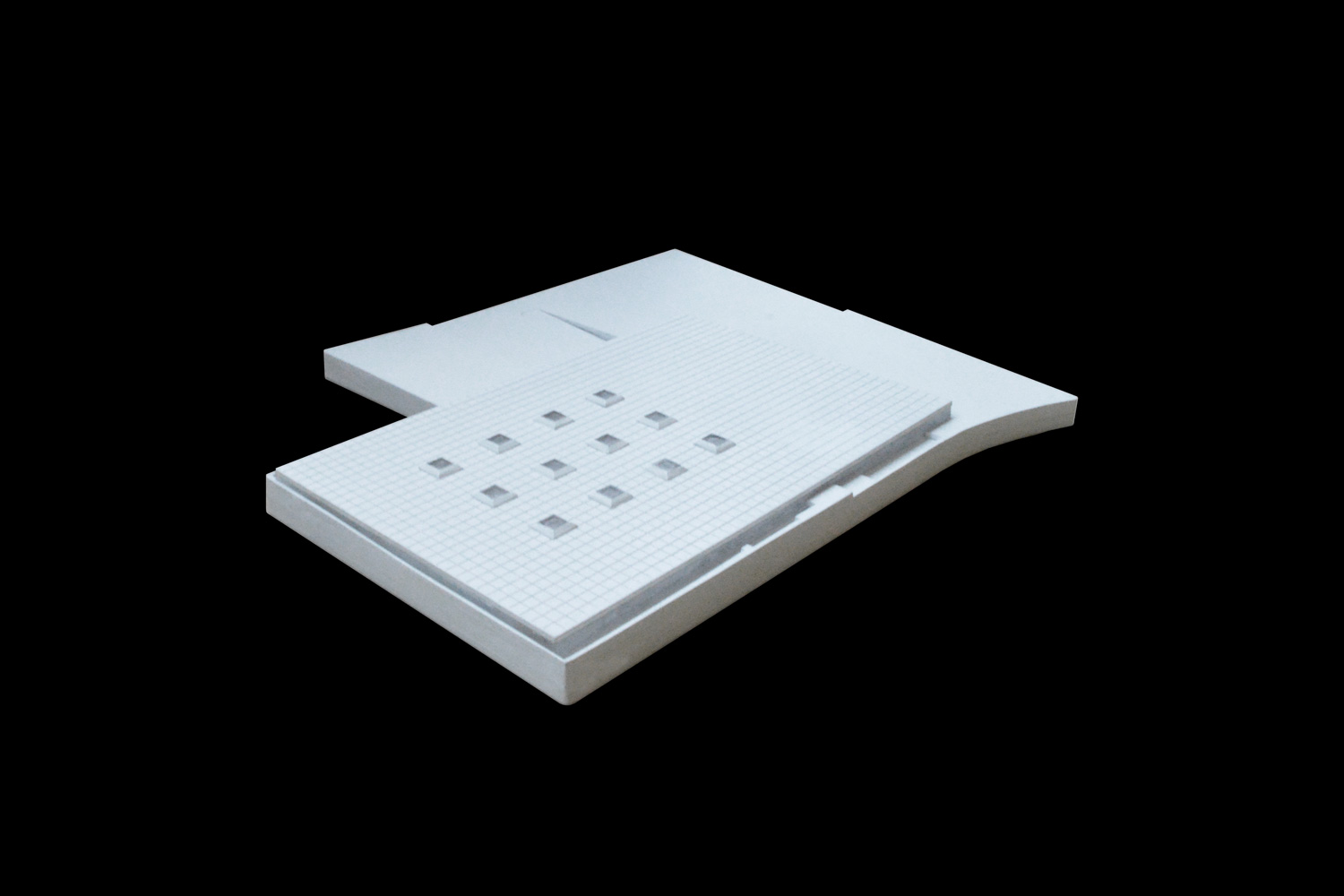1591-MET-BER.DE-2016
Client: Stiftung Preussischer Kulturbesitz
Status: Competition (2016)
Location: Berlin, Germany
Coordinates: 52.508178, 13.368457
Climate: Continental, Temperate
Material: Concrete
Environment: Urban
Visualizer: Studio
Scale: 24.750 ㎡ Large
Types: Cultural, Museum
The new museum is an almost silent intervention that seeks to amplify pre-existing open and built spaces which surround this important site. The majority of the new construction is underground, invisible except for the outcrop of the roof plane whose height coincides with the podium of the Neue National Galerie.
Articulating Its Environment
Envisaged as a discrete horizontal platform, the museum defines a publically accessible roof terrace alongside new exhibition spaces. This platform offers an unobstructed view over the monumental architectural ensemble surrounding it, creating new perceptions of this environment.
The four vertical facades of this rectangular prism house the most public elements of the programme, such as cafes, shops and the principal access points; the remainder of the perimeter is occupied by the technical and mechanical services. Together these elements form a membrane of variable permeability, transforming the limits of the construction into an active strip as inside the museum as it is outside and a part of the city.
Internal Order
The different levels of the construction relate to each other by means of a central void, which also houses the main gallery and circulation spaces. Natural light floods this volume via 12 large skylights. The exhibition areas were designed as flexible, uniform spaces, and provided with all the necessary infrastructure to permit various distributions of the collections. Deposed over a series of floors, they are connected by a series of ramps cutting down through the void, increasing the sense of visual and experiential integration.
Technical Aspects
From a structural perspective, the solution is geometrically regular and rigorous. The floor slabs and curtain walling are in reinforced concrete and a grid of pillars with 15 x 15 spacing runs throughout the plan. With the aim of guaranteeing access to the infrastructure a hatch running along the northeast face concentrates all necessary technical reservoirs and further service equipment.
With the reconfiguration of traffic and access routes surrounding the site, it was possible to establish a new pedestrian link between the Philarmonie and the new museum. This additionally helps to define vehicular traffic more clearly, improving their hierarchy with zones for pedestrian circulation.



